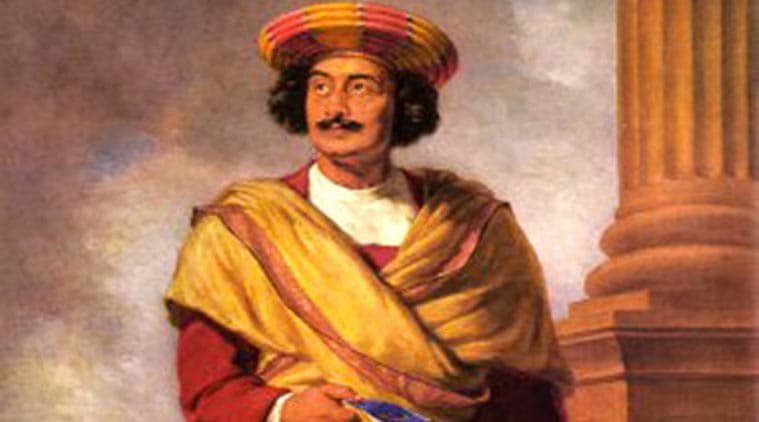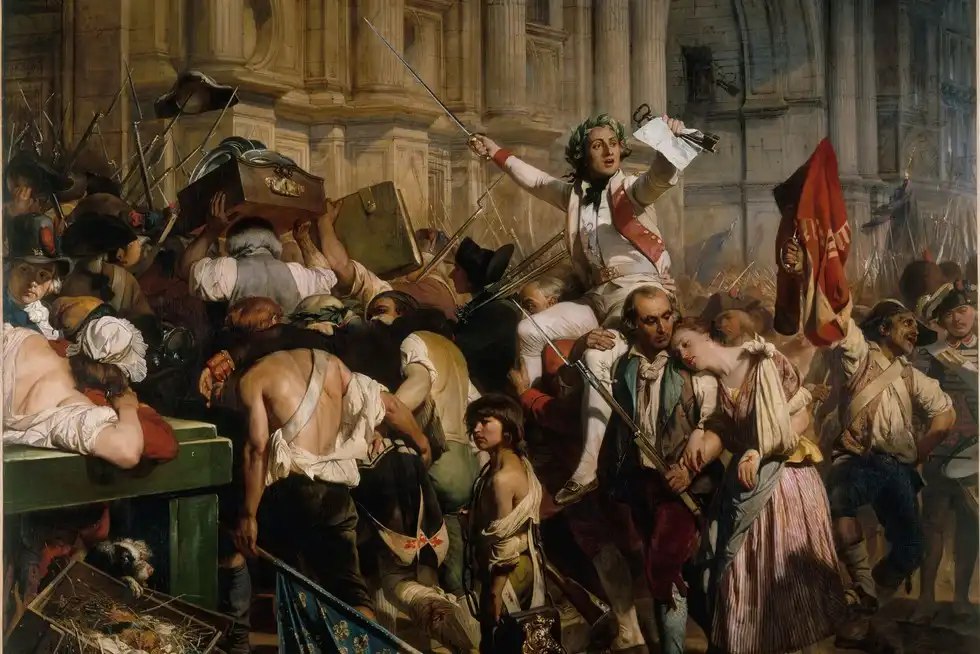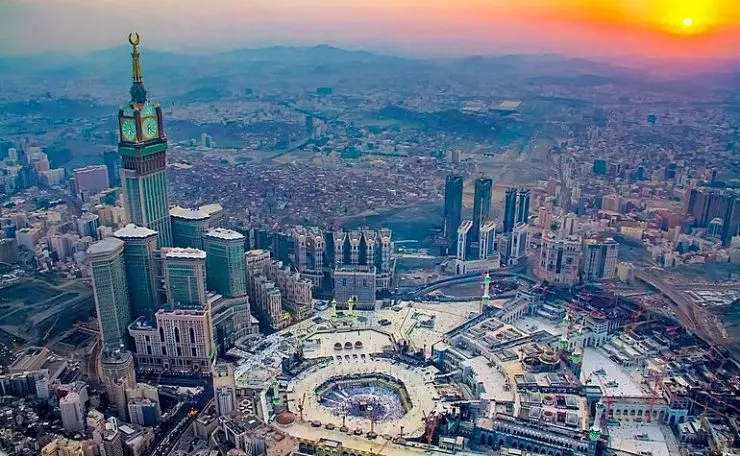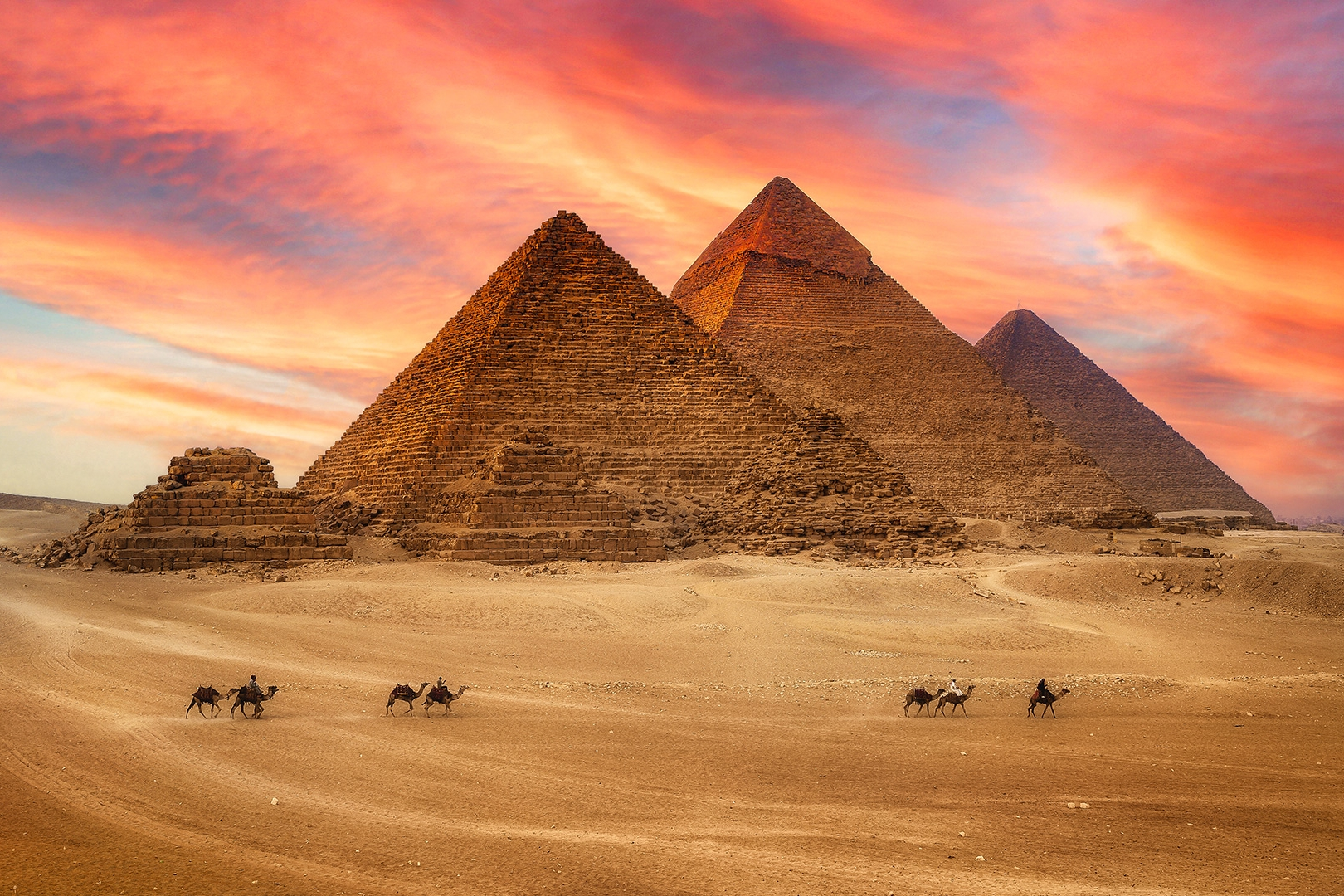The Brahmo Samaj, originally known as the Brahmo Sabha, was one of the earliest socio-religious reform movements in India. Founded by Raja Ram Mohan Roy in 1828, it aimed to reform and modernize Hindu society by promoting monotheism, rational thinking, and social equality. The movement played a pivotal role in awakening India’s social and intellectual consciousness during the 19th century.
Origin and Establishment
Raja Ram Mohan Roy, often called the “Father of the Indian Renaissance,” founded the Brahmo Sabha in Calcutta (now Kolkata) on August 20, 1828. His vision was to create a society free from caste discrimination, idol worship, and social evils such as sati (widow immolation), child marriage, and polygamy.
Later, under the influence of thinkers like Debendranath Tagore (father of Rabindranath Tagore), the Brahmo Sabha evolved into the Brahmo Samaj in 1830. It emphasized the worship of one formless God and rejected the authority of scriptures that supported superstitions and rituals.
Philosophy and Principles
The Brahmo Samaj was deeply inspired by Upanishadic philosophy, rationalism, and humanism. Its core beliefs included:
- Monotheism: Belief in one Supreme Being without any form or image.
- Rational Faith: Rejection of superstition, idolatry, and ritualistic practices.
- Universal Brotherhood: Equality of all human beings, irrespective of caste, creed, or religion.
- Moral and Ethical Living: Promotion of truth, honesty, and compassion as the path to divine realization.
- Freedom of Thought: Encouragement of individual reasoning and free inquiry into religious beliefs.
Social Reforms Initiated
Raja Ram Mohan Roy used the Brahmo Samaj as a platform to introduce several social reforms in India:
- Abolition of Sati (1829): His efforts led to the British government outlawing the cruel practice of widow immolation.
- Women’s Rights: He advocated for women’s education, property rights, and widow remarriage.
- Caste Equality: The Samaj opposed the rigid caste hierarchy and encouraged social integration.
- Education: Promoted modern, scientific, and English education to empower Indian youth.
The Brahmo Samaj became a symbol of enlightenment and reform, inspiring later movements such as the Prarthana Samaj in Maharashtra and the Arya Samaj in North India.
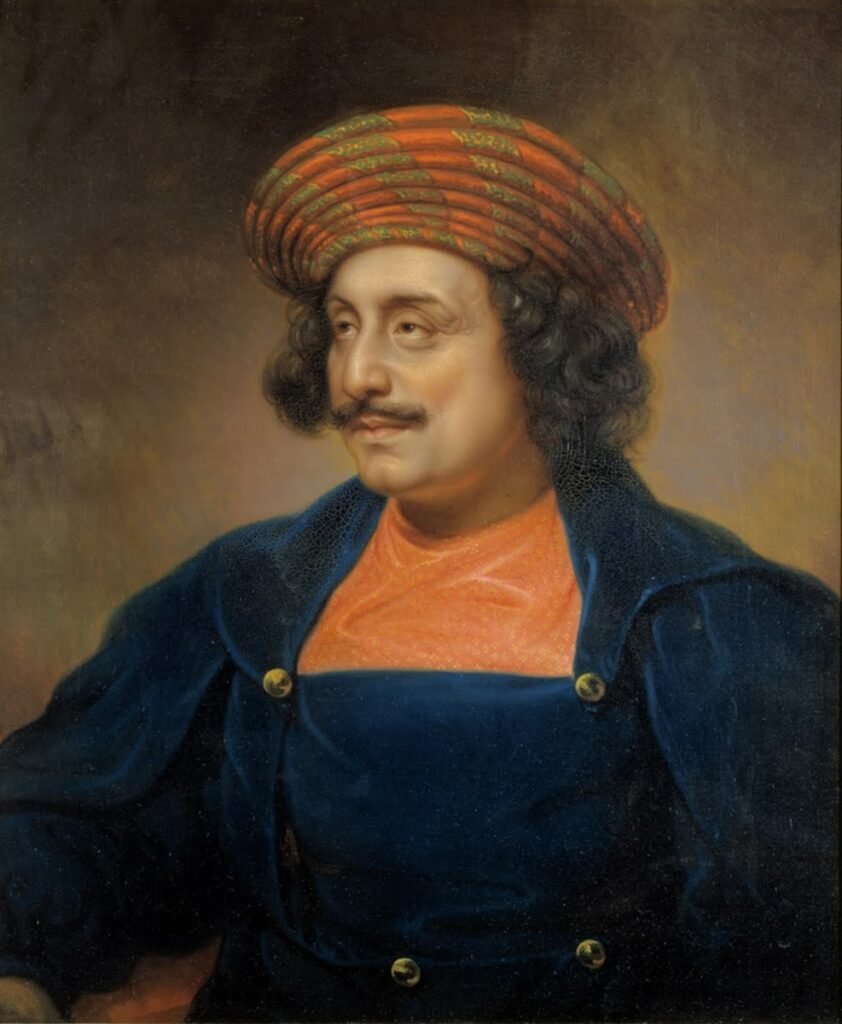
Legacy and Influence
The Brahmo Samaj laid the foundation for modern Indian society. It inspired generations of reformers and nationalists to challenge social evils and fight for equality and justice. Its rational and ethical ideals influenced leaders like Swami Vivekananda, Rabindranath Tagore, and Mahatma Gandhi.
Today, the Brahmo Samaj remains a reminder of India’s intellectual awakening and cultural modernization during colonial rule. It demonstrated that true religion lies in morality, reason, and universal love — not in blind faith or rituals.
The Brahmo Samaj, founded by Raja Ram Mohan Roy, was not just a religious reform movement but a revolution in thought. It marked the beginning of India’s transition from traditionalism to modernity, from superstition to reason, and from social stagnation to progress. Its message of truth, unity, and moral reform continues to inspire the nation even today.
Taj Mahal the Wonder of the World
![]()

